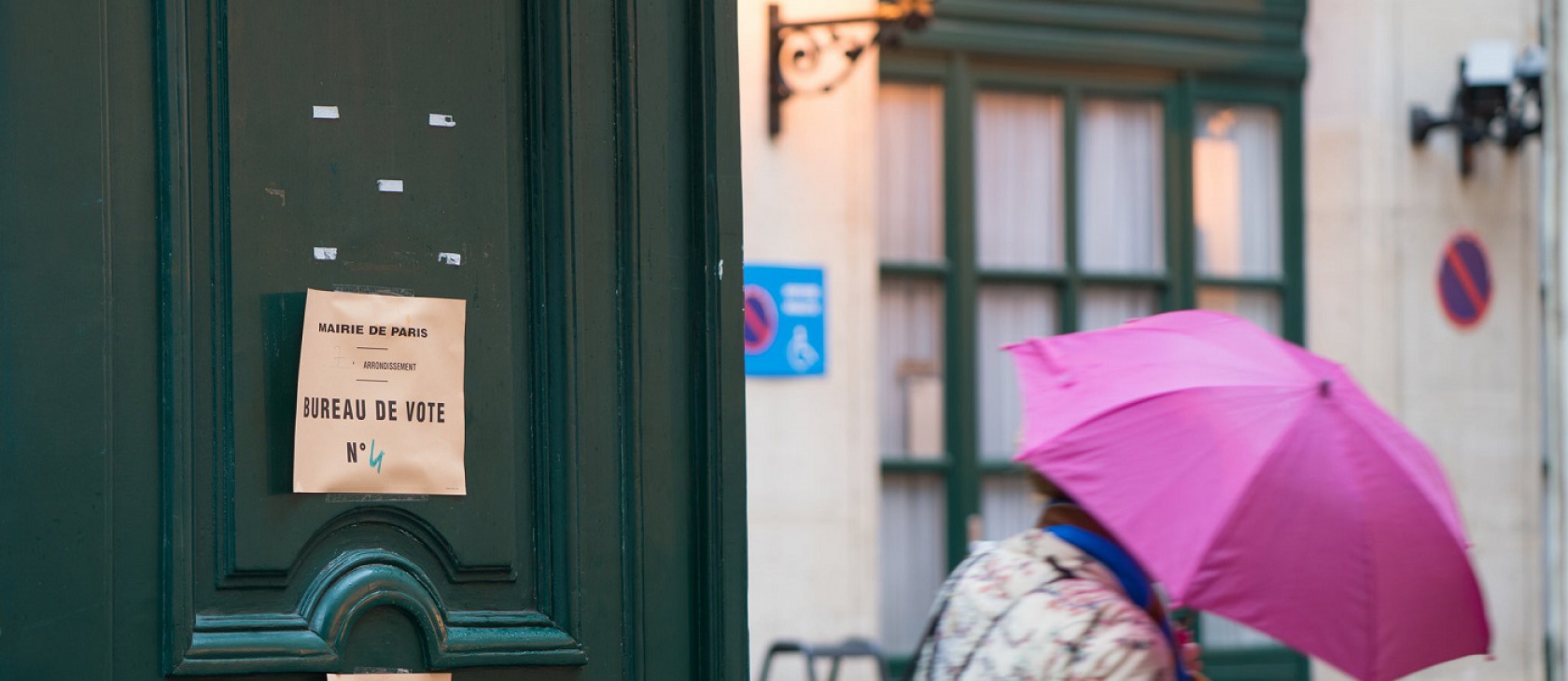On Sunday, France held the first round of its parliamentary elections. After the June 11, 2017, the nation is poised to usher in a new era of French political history.
How is French Parliament divided?
The French Parliament is divided into two houses: the National Assembly (Assemblée nationale) and the Senate (Sénat). The general public votes to elect members of the National Assembly, known as députés. The Senate is elected separately by grands électeurs, such as local elected officials.
The National Assembly has 577 seats: 536 constituencies within territorial France, 27 districts overseas, and 11 seats representing expatriate French voters. A party must win 289 seats to obtain a majority. Each constituency represents 125,000 people.
How do general elections to the French Parliament work?
All registered voters may vote for National Assembly in a two-round process. To be elected in the first round, a candidate must win 50 percent of the vote in any given constituency – and turnout must exceed 25 percent of all registered voters. If both criteria are met, there is no second round. Such outcomes are rare in the multi-party environment of French politics, where some constituencies have as many as 20 candidates.
If no one reaches that threshold, the two candidates with the highest vote totals move on to the second round of elections. Additional candidates may appear on the second ballot if they won the votes of at least 12.5 percent of all registered voters in the constituency (not 12.5 percent of those who voted in that election). More than two candidates frequently advance to the second round of elections.
Why are there so many candidates?
France has a multi-party parliamentary democracy, rather than a winner-take-all system like the United States, allowing parties with minor support to win national representation. Thus, the French political spectrum currently includes everything from the occasional free market devotee to members of the National Front and the French Communist Party.
Parties also have a financial incentive to contest races. The party receives €40,000 from the government for every party member elected to Parliament, as well as at least €1 for each voter if candidates garner one percent of the vote in 50 constituencies or more.
What were the results of the June 11, 2017, election?
President Emmanuel Macron’s La République En Marche ("Republic on the Move") Party, formed just over one year ago, won 32 percent of the vote. It is forecast to win a lopsided majority of between 390 and 450 of the National Assembly’s 577 seats.
What about the rest of the parties?
The nation’s center-Right party, Les Républicains, won 22 percent of the vote.
Two parties essentially tied for third place: The far-Left coalition of Jean-Luc Mélenchon’s France Unbowed (La France Insoumise) Party and the French Communist Party, on the one hand, and Marine Le Pen’s National Front on the other. Both garnered 13 percent of votes. The National Front is expected to win between three and 10 seats, including Marine Le Pen representing Pas-de-Calais. But her party won 50 percent of the vote in 40 constituencies in the French presidential election. FN also fell well short the 15 MPs necessary to form a parliamentary group in the National Assembly, giving it a broader platform.
The Socialist Party (Parti Socialiste) of outgoing President François Hollande has been devastated. It won 9.5 percent of the vote, going from 289 members to an estimated maximum of 30 and its presidential candidate, Leader Benoît Hamon, lost his own parliamentary race. The party's remnants are divided on whether to cooperate with Macron, who had served in Hollande’s government, or to align with Mélenchon’s coalition.
Why is the result historic?
The June 11 elections shattered the status quo that had held sway for decades. Control of the National Assembly has alternated between the center-Right party, now known as Les Républicains, and the Socialist Party. On June 11, both parties combined fielded fewer votes than President Emmanuel Macron’s newly formed La République En Marche Party. Many of its members, like Macron, lack elective political experience.
The election is also noteworthy for its low voter turnout. Only 48.7 percent of the nation’s 47 million potential voters cast a ballot in the first round of the 2017 National Assembly election, according to the French Interior Ministry. That is a record low since the establishment of the Fifth Republic in 1958. Political rivals say the low turnout undermines Macron’s legitimacy, and Le Pen has said the low voter participation rate calls the electoral rules themselves into question.
The number of multi-party runoff elections has also plummeted. In 2012, at least three candidates made it to the second round of elections in 34 districts. This year, there will be only one such race.
What do the results mean for the France’s future?
Macron could begin his presidency with the largest parliamentary majority since Charles De Gaulle in 1968. That makes it easier to enact his proposal to reform the stagnant French labor market by making it easier for employers to hire or fire employees. The process currently takes a year, and employers must prove in a judicial setting that they fired an employee with good cause.
Macron has also voiced support for tax and pension reforms. He proposed slashing the corporate tax and limiting the tax on total assets (a wealth tax known as the ISF). But he would expand the welfare state by extending some of its benefits to the self-employed.
Macron is a Europhile dedicated to a more closely integrated Europe that hands greater control of its affairs to the European Union.
“France is back,” said Prime Minister Edouard Philippe on Sunday.
When is the second round of elections?
In 2017, the second round of elections will be held on June 18.
(Photo credit: Lorie Schaull. This photo has been cropped. CC BY-SA 2.0.)




